 Today is a great day as the chickens have arrived, meet Tikka (red), Madras (black), and Masala (white). They are all chickens at the POL or point of lay however they are still a little young and I may have no eggs for at least two weeks. To be honest I am not bothered as they are delightful birds full of character a real pleasure to have on the farm. The ladder system you see on the left is very often used in France to allow chickens to be completely free range and able to climb back to the safety of their roosts. This however takes some training and tonight I will have to place them back inside. I have added as many different stimulants as possible to the enclosure. The chickens wild ancestor the Jungle Fowl is a forest bird so a cherry tree has been planted inside along with an existing apple tree. Watch this space.
0 Comments
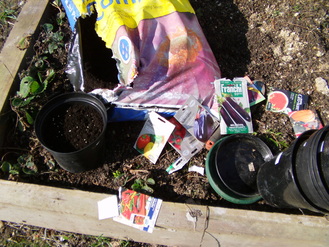 Today I have been sowing the six main crops I want to grow in the tunnel this season. In the past I have fallen into the trap of growing anything and everything which has resulted in waste. This year I have formulated a shopping list and will be aiming to successional sow to avoid a glut of produce all at the same time. This is not such a problem with the more exotic crops which will be in the tunnel. Usually the strategy here is to start crops such as chillies early so they will reach maturity sooner producing fruits throughout the year. The six crops for the tunnel I am sowing are; Beef Tomatoes, Mixed Chillies, Aubergine, Pepper, Water melon and Pumpkin Atlantic Giant. 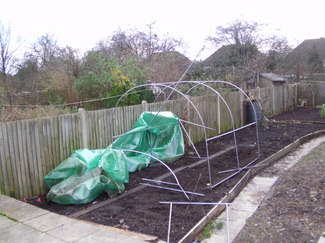 In my opinion one of the best things you can do for your vegetable growing is install some sort of glass house or ploytunnel. These will allow you to grow some crops almost all year, grow exotics during summer and generally extend your growing season by a 30%. I never once doubted polytunnels can withstand extremely strong winds as long as they are securely anchored and have a complete air seal. Needless to say my enthusiasm to erect the new tunnel outweighed my urgency to install maximum wind protection. A week after putting up the tunnel 80 mile an hour winds struck. 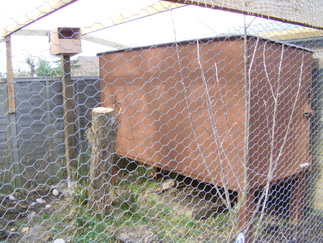 From conducting copious research on keeping chickens I can think of no better livestock for the Ecospaces Urban Farm. Not only am I hoping to be able to produce eggs the chickens should give the farm a constant supply of natural fertiliser for the crops. This will have to composted first as the high nitrogen content of the fresh droppings can burn the plants.  The coop has been constructed of external grade ply raised on each corner by 100x100mm treated posts, I built it to be robust as I am not taking any chances the local foxes are cunning and quite capable of breaking through flimsy construction. I have allowed the roof to overhang slightly with roofing felt to make sure it does not become damp inside. I have varnished the inside as well as out this will make it easier to clean out and will discourage red mite which once you get is hard to get rid of.  I initially planned to just have a 6 feet fence of 13mm galvanised chicken mesh as a run for the chickens. I was horrified to learn foxes can jump this height so I added a roof to this and sunken mesh into the ground to stop foxes trying to dig underneath. I have a small pop hole for the chickens to access the run and a large side door so I can enter the coop to clean it and retrieve any eggs from the nest boxes. With all the flooding over this winter I thought it would be fitting to create a case study on the old Kodak factory site in Wealdstone Harrow. This site has flooded periodically for years I find it interesting that a carpet of new housing is being proposed once again in a flood risk area. I have created an Ecospaces proposal below that will create housing but also realise and utilise the natural process of the site. This proposal joins up natural features in the surrounding area to create a larger more diverse landscape in which to live for the residence of Harrow & Wealdstone. The project explores the concept of the old Kodak site becoming an ‘eco village’ set in an idealistic wetland park. For years the urban centres of Harrow have suffered an over layering of new development and road networks which have caused a dense mass of urban degeneration. The solution to regeneration in Harrow is provoking an environment that works with nature creating ecological harmony between the landscape and people who reside there. The ecological proposal featured in this flyer allows residents to shop, volunteer, grow food, rest, play, live and enjoy nature. Flooding and Wildlife. Over the last 50 years Harrow has spent Millions of pounds preventing flooding in this area of the borough. The reason for this is the underlying natural process of Headstone, Wealdstone. The area is a catchment area for storm water where numerous waterways begin their journey into the River Brent. Many years ago this was a wetland habitat for now rare wildlife in the borough. The Eco Village Scheme allows wetlands to absorb the water in heavy rainfall, reducing floods and creating an environment buzzing with life. The Kodak site is linked to existing waterways in Headstone Manor Park extending the threatened water voles range in North West London. More open green space enables room for much in demand allotments reducing Harrows carbon foot print. Adding Value
A recent study in Britain discovered that the most expensive properties in any given area were in close proximity to golf courses. A further analysis of the study concluded that it was not the desirability of golf to wealthy home buyers but the aesthetic value given to homes built in a naturalistic setting, especially with good transport links to city centres. In response to this Harrow must capitalise on the Kodak sites potential to raise property capital in the Borough by creating scenic, ecological, sustainable development. |
AuthorPaul Nicolaides is a landscape Architect from North London and Director of Ecospaces Limited ecological Landscape design & build contractors. His ambition is to help accelerate change to a more sustainable ecological society. A society that plans its urban environments integrating agriculture, wildlife habitat, natural processes, recycling, industry, and sustainable urban drainage. Above all Paul aims to integrate these disciplines and realise there compatibility both on a local and landscape level. Archives
July 2018
Categories |
Photos from Tauralbus, Kurayba, ChodHound, tristanloper, scott1346, Sustainable sanitation, RobBixbyPhotography, The hills are alive*, Bobby McKay., ell brown, ncwetlands.org, Drantcom, alh1, Verokark, U.S. Embassy New Delhi, John Brighenti, umseas, wuestenigel, nestor galina, Sander van Dijk, mikecogh, oatsy40, foundin_a_attic, ndrwfgg, The Garden Smallholder, Aaron Volkening, wallygrom, Sander van Dijk, Base Camp Baker, Local Food Initiative, Kansas Poetry (Patrick), blachswan, infomatique, Phil Roeder, aschutz57
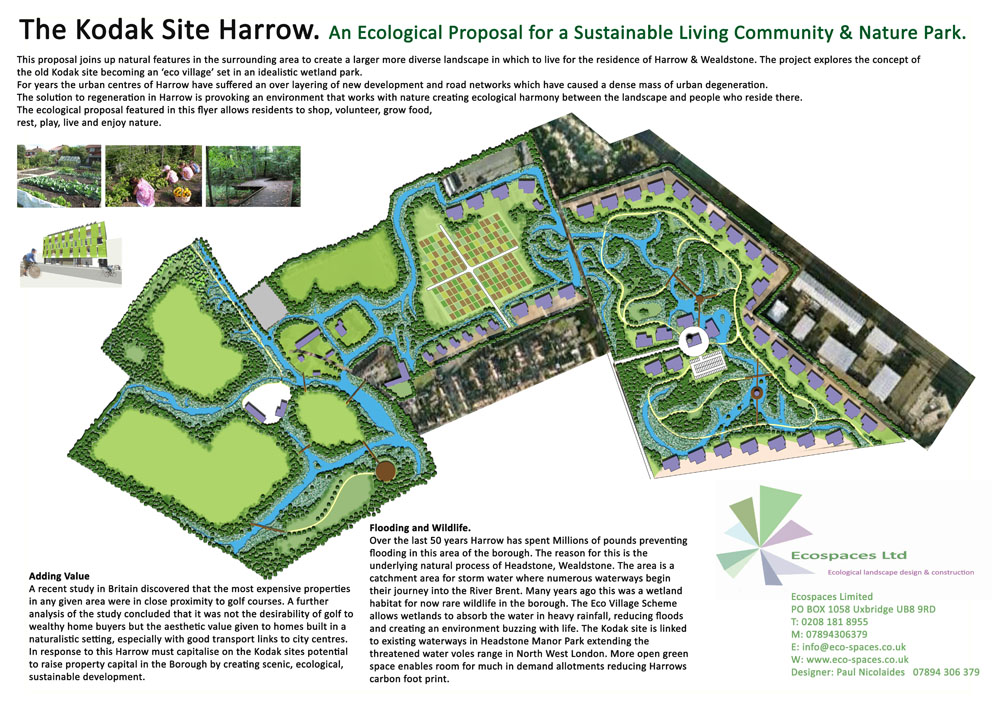
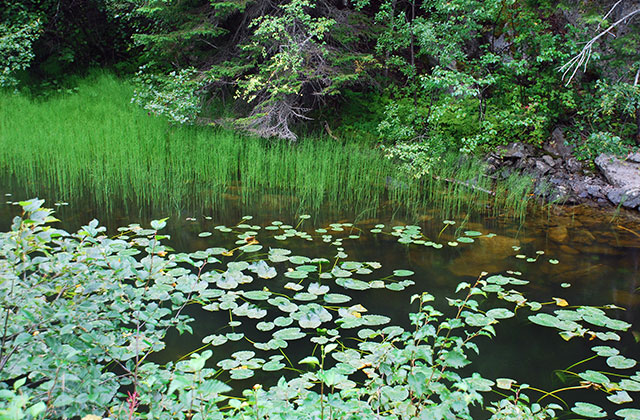
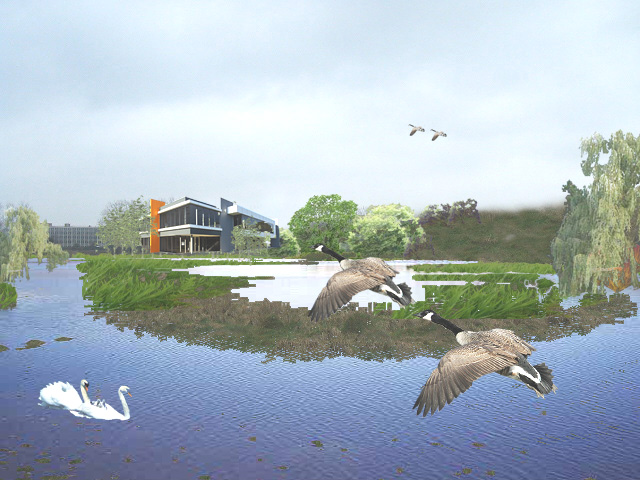
 RSS Feed
RSS Feed
